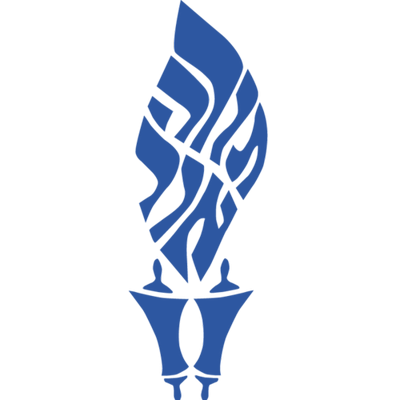איני והא אמר ר' ענני בר ששון למה נסמכה פרשת בגדי כהונה לפרשת קרבנות לומר לך מה קרבנות מכפרין אף בגדי כהונה מכפרין כתונת מכפרת על שפיכות דמים דכתיב (בראשית לז, לא) ויטבלו את הכתנת בדם מכנסים מכפרים על גילוי עריות דכתיב (שמות כח, מב) ועשה להם מכנסי בד לכסות בשר ערוה
The Gemara asks: Is that so? Doesn’t Rabbi Anani bar Sason say: Why was the passage in the Torah that discusses the priestly vestments (Leviticus 8) juxtaposed to the passage that discusses offerings (Leviticus, chapters 1–7)? To tell you that just as offerings atone, so too the priestly vestments atone. For what does each garment atone? The tunic [ketonet] atones for bloodshed, as it is written with regard to Joseph’s brothers after they plotted to kill him: “And they killed a goat, and dipped the coat [ketonet] in the blood” (Genesis 37:31). The trousers atone for forbidden sexual relations, as it is written with regard to the priestly vestments: “And you shall make them linen trousers to cover the flesh of their nakedness” (Exodus 28:42).
מצנפת מכפרת על גסי הרוח כדרבי חנינא דא"ר חנינא יבא דבר שבגובה ויכפר על מעשה גובה אבנט מכפרת על הרהור הלב אהיכא דאיתיה (דכתיב (שמות כח, לה) והיה על לב אהרן)
The mitre atones for the arrogant, in accordance with the opinion of Rabbi Ḥanina, as Rabbi Ḥanina says: It is logical that an item placed at an elevation, i.e., on the head of a priest, shall come and atone for the matter of an elevated heart. The belt atones for thought of the heart. The Gemara elaborates: The belt atones for the sins occurring where it is situated, i.e., over the heart, as it is written: “And you shall put in the breastplate of judgment the Urim and the Tummim; and it shall be upon Aaron’s heart, when he goes in before the Lord; and Aaron shall bear the judgment of the children of Israel upon his heart before the Lord continually” (Exodus 28:30).
חושן מכפר על הדינין דכתיב (שמות כח, טו) ועשית חושן משפט אפוד מכפר על עבודה זרה דכתיב (הושע ג, ד) אין אפוד ותרפים מעיל מכפר על לשון הרע אמר הקב"ה יבא דבר שבקול ויכפר על מעשה הקול
The breastplate of the High Priest atones for improper judgments, as it is written: “And you shall make a breastplate of judgment” (Exodus 28:15). The ephod of the High Priest atones for idol worship, as it is written: “And without ephod or teraphim” (Hosea 3:4), that is to say, when there is no ephod, the sin of teraphim, i.e., idol worship, is found. This indicates that if there is an ephod, there is no sin of idol worship. The robe of the High Priest atones for malicious speech, as the Holy One, Blessed be He says: Let an item that produces sound, i.e., the bells of the robe, come and atone for an act of malicious sound, i.e., malicious speech.
ציץ מכפר על מעשה עזי פנים כתיב הכא (שמות כח, לח) והיה על מצח אהרן וכתיב התם (ירמיהו ג, ג) ומצח אשה זונה היה לך
Finally, the frontplate of the High Priest atones for an act of brazenness. From where is this derived? Here, with regard to the frontplate, it is written: “And it shall be upon Aaron’s forehead” (Exodus 28:38), and there, with regard to brazenness, it is written: “And you had a prostitute’s forehead” (Jeremiah 3:3). The statement of Rabbi Anani bar Sason indicates that the robe worn by the High Priest atones for malicious speech, which means that one is not punished by leprosy, as claimed by Rabbi Shmuel bar Naḥmani.




